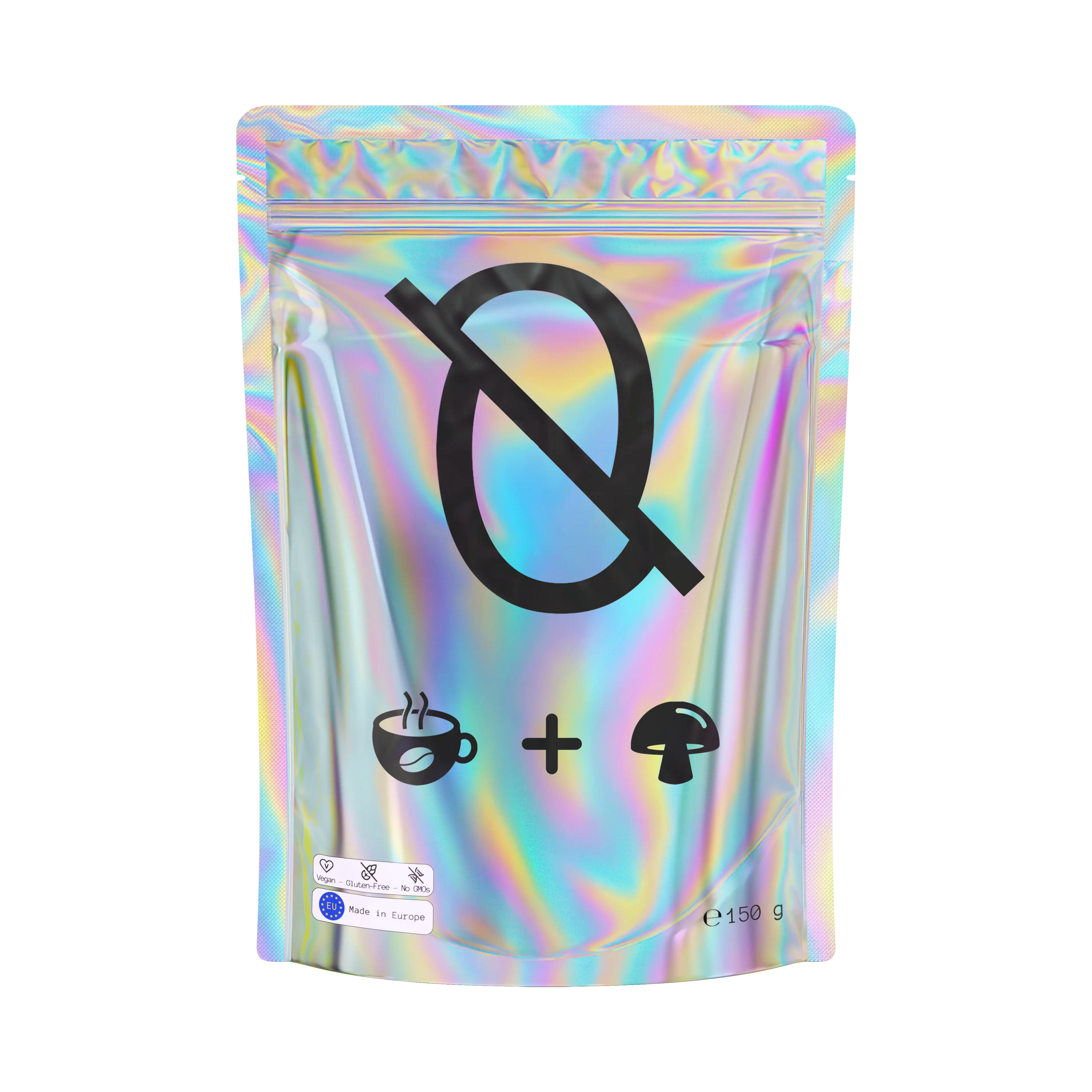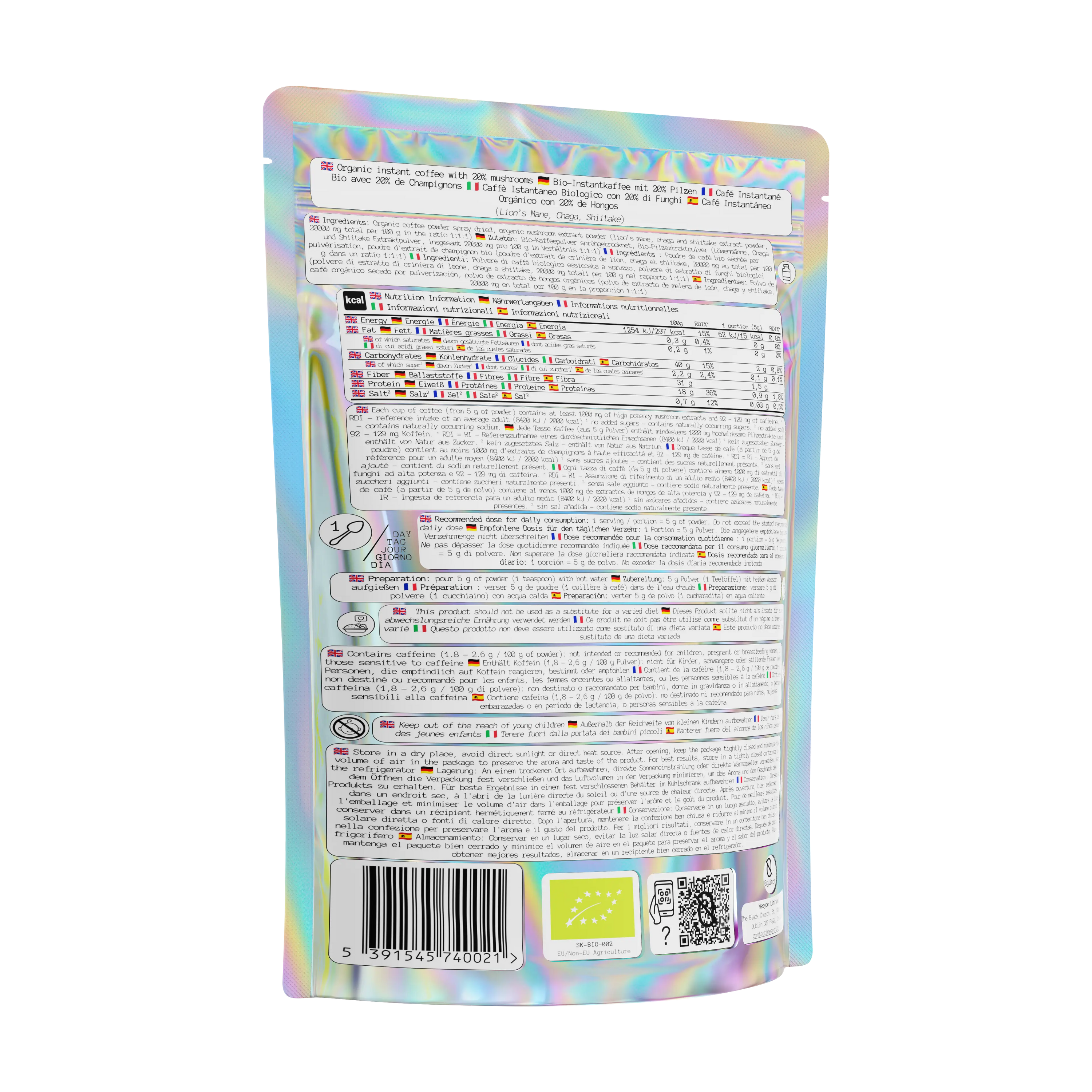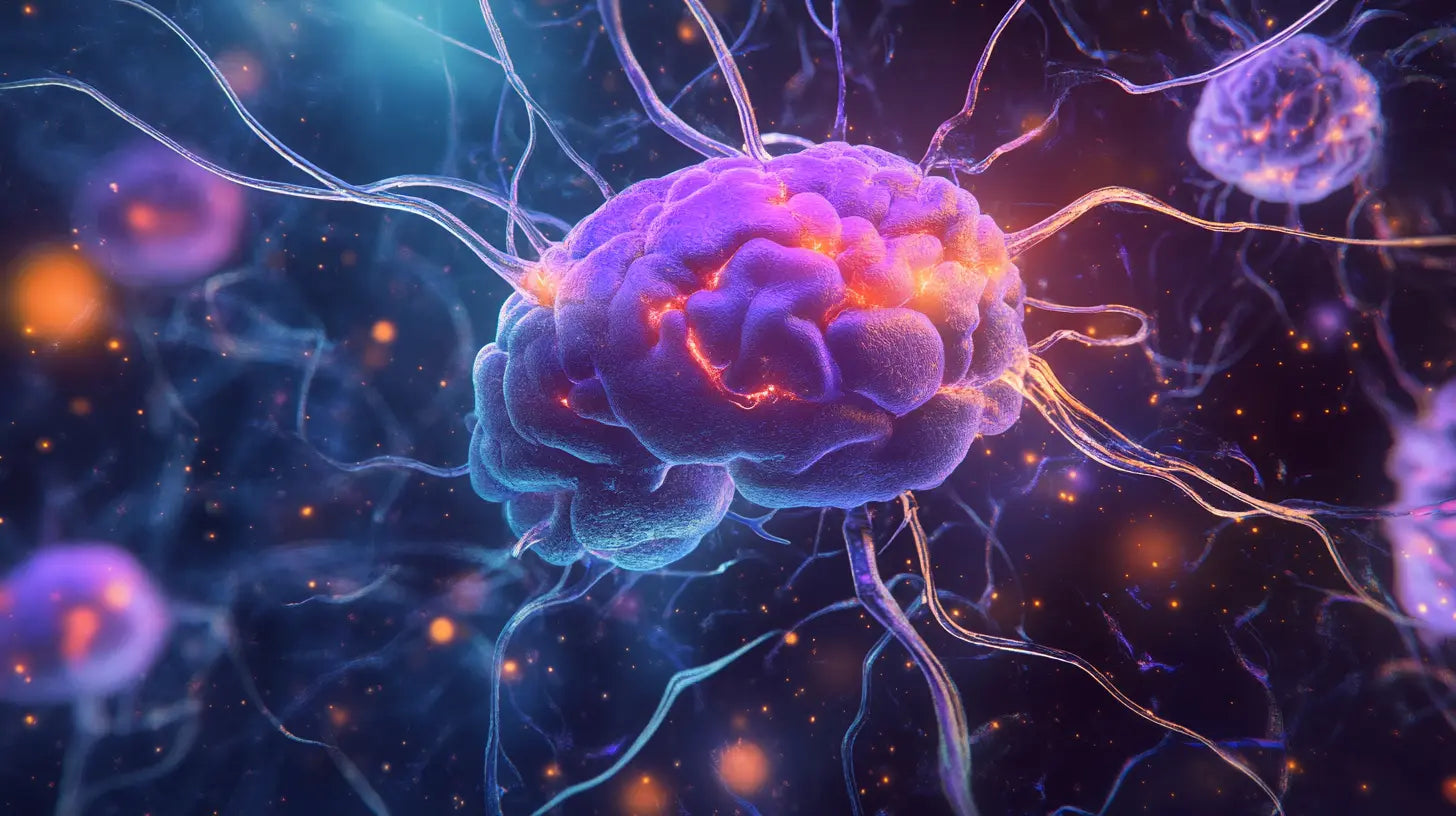
The invisible chains: unmasking social media addiction
Open Instagram, like a few pictures. Scroll through Facebook, comment on something. Ping on WhatsApp - reply to messages. Have you ever stopped and wondered how much time we spend scrolling through social media every day? The alarming reality is that most of us are slowly succumbing to social media addiction without even realizing it.
Defining Social Media Addiction
Social media addiction can be defined as a behavioral addiction that patterns compulsive overuse of these platforms. It may result in symptoms similar to substance addiction-like impairment, tolerance, withdrawal, and risk of relapse. Like any other addiction, the key ingredient to recognize social media addiction is growing concern over its usage and distress when unable to engage with these platforms.
The Lure of Social Media
Dopamine, also referred to as the "feel-good hormone," plays a significant role in our brain's reward system. Every time we scratch that itch for validation by getting likes or comments on our posts, dopamine gets released, making us feel happy temporarily. This short-term gratification leads us back to using social media more often, thus creating a vicious cycle of addiction.
Beware of the Numbers Game
One way this urge is nurtured is through the obsession with numbers - likes, shares, retweets, and followers. These metrics seem to have become synonymous with personal validation, where individuals enjoy a feeling of accomplishment based on their online presence rather than real-life achievements.
The curation of the perfect social image has led to a constant comparison with others. The downside? This constant exposure to a highly idealized version of life creates unhealthy expectations and decreases satisfaction with one's life.
Technology Enabled, Algorithm Driven
Unlike in the past, modern smartphones have made social media easily accessible, allowing us to remain connected 24/7. Notifications and updates frequently trigger the urge to check these platforms while increasing screen time.
The role of algorithms employed by social media sites cannot be overstated. These are designed to not only track user preferences but also push content tailored to individual interests. The result is an echo chamber, where we are constantly exposed to the kind of content that keeps us engaged, rooted deeper into our virtual realities.
Recognizing Social Media Addiction: Warning Signs and Symptoms
- Time expenditure: The primary indicator of addiction is spending excessive amounts of time on social media,
- Interference with daily life: Continuously checking social media feeds during work hours or dedicating more time online than to interpersonal relationships often hints at addictive behavior,
- Negative emotions: Feelings of restlessness, irritation, and mood swings that arise from exposure to or lack thereof indicate a dependence on social media,
- Withdrawal symptoms: Changes in sleep patterns and anxiety rising from not being able to access social platforms signify reliance on these sources for mental peace,
- Inability to quit or reduce use: Failed attempts to cut down on social media usage despite awareness can be symptomatic of subconscious dependency.
Breaking Free from Social Media Addiction
Fighting a battle against something so pervasive in our lives is undeniably an uphill task. However, taking small steps like setting limits for daily usage, turning off unnecessary notifications and prioritizing real-life experiences over digital ones can help regain control over your relationship with social media. Communication with loved ones and seeking professional help can help work through the challenges of recognizing and breaking free from social media addiction.
Prevention is Better than Cure: Balance in a World of Tech dependence
While completely quitting social media may not be feasible, teaching ourselves responsible usage holds paramount importance. Encouraging children to explore out-of-the-box activities that don't involve technology and limiting their screen time helps foster healthier habits.
Adults too must strive to cultivate hobbies that are non-tech oriented while consciously maintaining an active lifestyle away from screens. Engaging in mindfulness activities like yoga or meditation can help build focus, allowing us to choose our engagements wisely, thus appreciating our online existence without overemphasis on digital presence.
Understanding the impact of excessive social media usage and acknowledging the symptoms and perils of addiction is the first step towards creating a healthy balance between virtual and real life. Awareness of this delicate balance enables us to break the invisible chains we might unknowingly have been shackled to - empowering us to reclaim control and rediscover what truly matters.
0 comments
Disclaimer
The information in this article is for educational and informational purposes only. If this article discusses psychedelics, supplements, or wellness practices, it is not intended to promote, endorse, or encourage illegal activities or unverified health claims.
n0glitch does not sell or distribute psychedelic substances and does not provide medical, legal, or professional advice. Always consult a qualified healthcare provider before making health-related decisions.
Laws regarding psychedelics and supplements vary by country and region. Please research and comply with local regulations.













